Remote houses built to last half the lifespan of an average home
Government admits capital works in remote housing are built to only last half the lifespan of the average home.
THE government has admitted houses in remote communities are built to last half the lifespan of an average home.
In response to questions, the Department of Territory Families, Housing and Communities admitted capital works considered key criteria that would meet a “design life” of 30 years.
“Life cycle costs and whole-of-life value assessments are undertaken on any construction by contractors to ensure that capital works meet a design life of 30 years,” the spokeswoman said.
However, according to Australian Building Codes Board’s (ABCB) Accessible Housing report published in February the average lifespan of a home is 50-60 years.
Reducing overcrowding is at the core of the government’s new build strategy.
The spokeswoman also said the primary factor in deciding communities’ allocated housing stock for new builds and additional rooms was the rate of overcrowding.
“Overcrowding of remote public housing is assessed using a nationally recognised measure which uses household data supplied to TFHC by the tenant,” said the spokeswoman
But several experts have questioned the veracity of the department’s data on overcrowding, stating many families under-report due to economic or social consequences – including being made homeless by the department.
Ngaarrariyal Aboriginal Corporation general manager Mathilde Payet-Vidalenc said the organisation ran a six-monthly censes in Gunyangara to ensure their data supported their housing and funding requests of the NT Government.
“Turning up once a year and asking people how many others live there just makes people feel threatened, they aren’t going to feel safe to always tell the truth,” she said.
“There has been years of mistrust with government and housing, so that’s why we have taken this on ourselves.”
CENTRAL Desert communities are set for a construction boom with more than 60 homes to be built in Yuendumu, Yuelamu, Laramba and Nyirripi as part of the NT government’s biggest ever remote housing investment in the region.
A further 30 homes will be extended under its Room to Breathe program, with more houses earmarked for upgrades in the project worth tens of millions.
Plans include demolition, construction, upgrades and civil works.
The first stage of the multi-year contract has been released as a select tender to Alice Springs-based Aboriginal business enterprise CentreBuild – a joint venture between Centrecorp, Aboriginal Investment Corporation, and Asbuild.
This is in line with the NT government’s focus on opportunities for Aboriginal organisations to develop local skills to build and manage housing.
The tender is expected to be awarded early in the new year.
Remote Housing and Town Camps Minister Chansey Paech said investing in remote housing was fundamental to better outcomes “across the board”.
“The works scheduled for Central Australia will rollout over a number of years so locals have the opportunity for long-term employment, and skills development through apprenticeship programs,” Mr Paech said.

“Working with Aboriginal business enterprises is the way we do business in the bush now, however many dozens of Central Australian tradies, contractors and suppliers will benefit from the supply chain generated through this enterprise.
“Our housing program is about much more than simply building houses.
“We’re building the capacity of communities towards sustainable, economic prosperity.”
The Room to Breath program is a 10-year NT government fund to build additional living spaces such as bedrooms, granny flats and bathrooms in remote communities.
More than half of residents in Yuelamu live in overcrowded homes, according to NT government data.
In Yuendumu, 300km northwest of Alice Springs, that figure is above 45 per cent.
In the five years since the NT government launched its $1.1bn remote housing package and $200m Room to Breathe program, no new houses or living spaces have been built for residents in Yuendumu and Yuelamu.
In Yuendumu, the only new housing built has been for government employees.
In Laramba and Nyirripi, no new houses have been built, but a total of 91 new living spaces have been delivered.
COMMUNITIES TO FEEL CLIMATE CHANGE FIRST
REMOTE communities will be among the first to feel the impacts of climate change, according to the Australia’s peak housing institute.
The Australian Housing and Urban Research Institute (AHURI) released a report into the sustainability of remote housing in the NT criticising the Territory government’s current maintenance and HomeBuild programs.
The report identified tropical climates as those most effected by climate change and recommended the government strongly consider sustainable cooling systems during the design phase of new builds.
“This requires design and refurbishment strategies including insulation, double glazing, energy generation technologies (like solar), mechanical and passive cooling (windows and louvres) and water management technologies,” the report states.
Housing in remote communities has been under fire this week by a number of experts for been poorly designed and maintained exacerbating disease and overcrowding.
According to the AHURI report refurbished government-owned dwellings might address immediate needs but are not a sustainable solutions as the outback temperatures continue to rise.
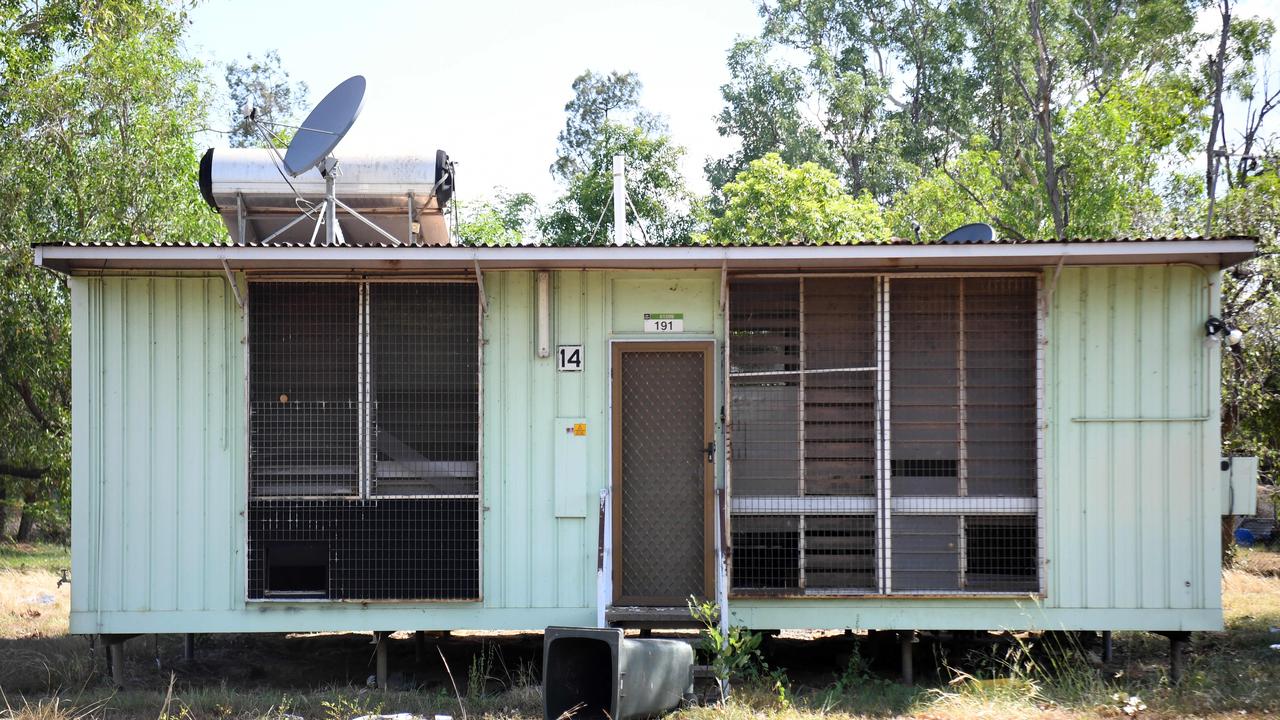
“Meeting the health risks of these new environmental conditions is a major challenge for governments, which have had mixed success in sustaining existing housing stock (whatever its design qualities) for healthy living or meeting current housing demand, let alone investing in future needs,” the report stated.
The report shows that simply installing airconditioning in homes will not be a sustainable solution for people’s health or economics.
It states climate change will exacerbate the cost of living as it increases the price of fuel, electricity, food, medicine and the capacity to move people by road and air, while also placing further stress on the needs of the house.
The 116-page report also investigated governance structures and policy development, claiming that funding for remote housing had reached a ‘political stalemate’ between Australian and Territory governments.
It noted that the 2008 National Partnership Agreement on Remote Indigenous Housing made some progress but cyclical maintenance to ensure the liveability of the home was still a challenge.
The partnership invested $5.5bn in tenancy management, build and refurbish program but in 2020 the National Agreement on Closing The Gap still identified housing as one of five key policy priority areas.
The National Agreement on Closing the Gap is a collation between all Aboriginal and Torres Strait Islander Peak Organisation and all Australian governments.
However, the AHURI report criticises the agreement and said “it is yet to identify issues related to housing quality, targets for health hardware (design that addresses health living practices like washing people, laundry and disposal of sewerage) or maintenance.”
It went on to explain their research failed to find any sustainability plans related to impacts of climate change and design of remote housing.
The NT government has committed $1.1bn in funding over 10 years to help ease pressure and overcrowding in remote communities.
After five years, only a quarter of the promised amount has been spent.
Separate to the $1.1bn spend, another $432.8m has been allocated to “land servicing” in remote communities.
HOUSES DISCONNECTED EVERY FOUR DAYS
MORE than 90 per cent of remote houses were disconnected from prepaid power during 2018-2019.
According to a new study by the Australian National University, 74 per cent of the 3300 remote Indigenous homes in the Territory had their power disconnected more than 10 times.
The study found many homes were also paying three times more than the average household.
“Remote housing is very poorly insulated and designed for tropical environments and they overheat substantially,” co-author Simon Quilty said.
“Therefore when a house disconnects from power, the inside can go well above 50C and become incompatible with human life.”
The study also found remote communities used up to 70 kilowatts of electricity per day, which was three to four times higher than the average household.
“When you have a very poorly designed house with no insulation in the ceiling, holes in the walls, and with window airconditioners that are of very poor quality and inefficient, then household budgets for electricity can be quite profound,” Dr Quilty said.
He also said overcrowding then became exacerbated as people moved from house to house looking for cooler environments.
“This promotes an ideal environment for the spread of infectious diseases,” Dr Quilty said.
Dr Quilty, who lives in Alice Springs, raised concerns about the current lockdowns in remote communities where he said power was disconnected on average every fourth day.
“We’re asking people to stay indoors and we know that their house is disconnected every fourth day on average in Central Australia and every third day when it’s really hot,” he said.
“In these remote communities when the temperature is 43C outside, inside these poorly insulated houses it can be upwards of 55C.”
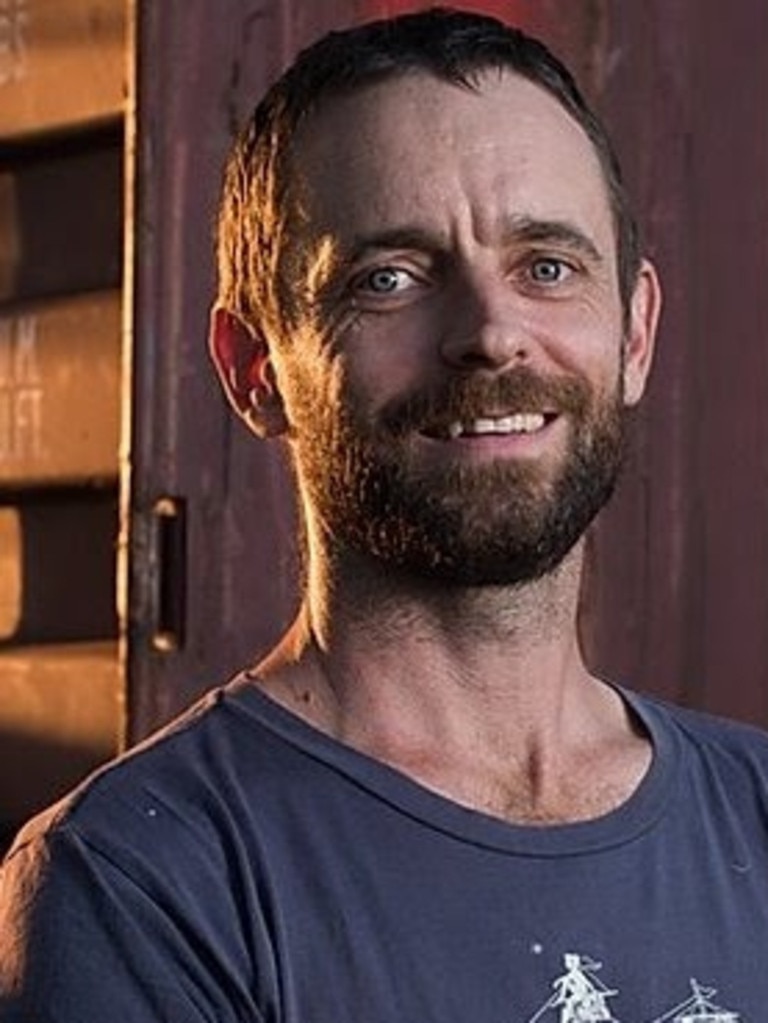
Dr Quilty said there was state housing in Katherine made from tin with no insulation.
“These are ovens and are incredibly dangerous in hot weather. This goes beyond a maintenance issue and the neglect around maintenance over decades, these dwellings are appalling conditions,” he said.
“Yet tenants are expected to pay their rent, but have none of the expectations of standards that the rest of Australia takes for granted.”
In addition, Dr Quilty criticised recent upgrades to homes that removed louvred windows.
“Boarding up louvred windows is about as ridiculous as it can get when it comes to low cost cooling in these homes.”
Co-author Thomas Longden said remote Indigenous communities suffered severe energy insecurity, which worsened during extreme temperatures.
“These households are more likely to experience disconnection from electricity on very hot or very cold days,” Dr Longden said.
“Remote communities are not covered by the policy protections that the vast majority of Australians enjoy.”
The report also suggested the problem was under-reported due to prepaid power in communities.
‘URGENT’ NEED FOR HEALTHY REMOTE HOUSING
The need for healthy and sustainable remote housing is urgent according to a leading Territory doctor.
Professor David Thomas said there is a growing body of research that links housing and health, particularly in Aboriginal communities.
“It is urgent and needs to be better. It will need significant funding … but it is definitely urgent. It remains urgent,” said Professor Thomas.
“Overcrowding itself predominantly spreads infectious diseases. When people are crowd together you can see germs don’t have far to go – we’ve even seen that recently with Covid.”
Having worked for three Aboriginal Controlled Health Organisations and as a lead researcher for Menzies School of Health Research, Professor Thomas has seen first-hand the impacts of unhealthy homes across the Territory’s remote Aboriginal communities.
“There is massive overcrowding and massive problems with housing quality in remote communities … that has contributed to poor child health outcomes.” he said.
“The focus on housing needs to both deal with the overcrowding and the function of the house – including providing cyclical preventive repairs.”
Professor Thomas said there was no point building houses which then became a health hazard within a couple of years of being built.
According the Professor Thomas the government needs to assess current homes and build new homes based on the nine Health Living practices.
“These are important health practices that mean a home enables someone to wash themselves, wash clothing and laundry and remove waste safely.”

“Those are the three most important and you can understand if you can’t wash your kids, they’re going to get sick. If you can’t wash their clothes, people are going to get sick. Similarly, if you’ve got wastewater and flooding in the house, you’re going to pick up infectious diseases.”
The comments come after alarming images of families in Barunga living in Territory Housing with mouldy bathrooms, burst sewage and exposed wires.
Several families in the community have told the NT News maintenance requests have remained unattended to for months, or in some cases over a year.
The NT News asked the Department of Territory Families, Housing and Communities how many people in Territory owned dwellings are currently waiting for repairs, however figures were not provided.
A spokesperson from the department said tenants can report maintenance issues to their local housing officer and immediate action repairs would be completed within four hours.
Data provided by the department shows 1200 new builds had been promised to remote communities between 2017-2027, but more than 5 years into their strategy only 250 had been delivered.
The NT News also asked the department to provide figures on how many people are currently waiting for Territory Housing, but the data was not provided.
A spokesperson from the department said the time wait time for public housing vary and can be affected by demand, priority approvals and turnover.
REMOTE HOUSING MINISTER TIGHT LIPPED:
THE office of the Remote Housing Minister Chansey Paech has refused to be drawn on questions of whether overcrowding in remote communities is being undercounted.
After the NT News published a story earlier this week on a home which had 11 residents, a government spokeswoman said the home had not been deemed overcrowded because of some of them weren’t included on the tenancy agreement.
Mr Paech’s office on Friday did not answer a direct question over whether overcrowding in the Territory’s remote housing could be undercounted as a result.
A spokeswoman for Mr Paech’s office said regular inspections of remote houses were conducted by Territory Families.
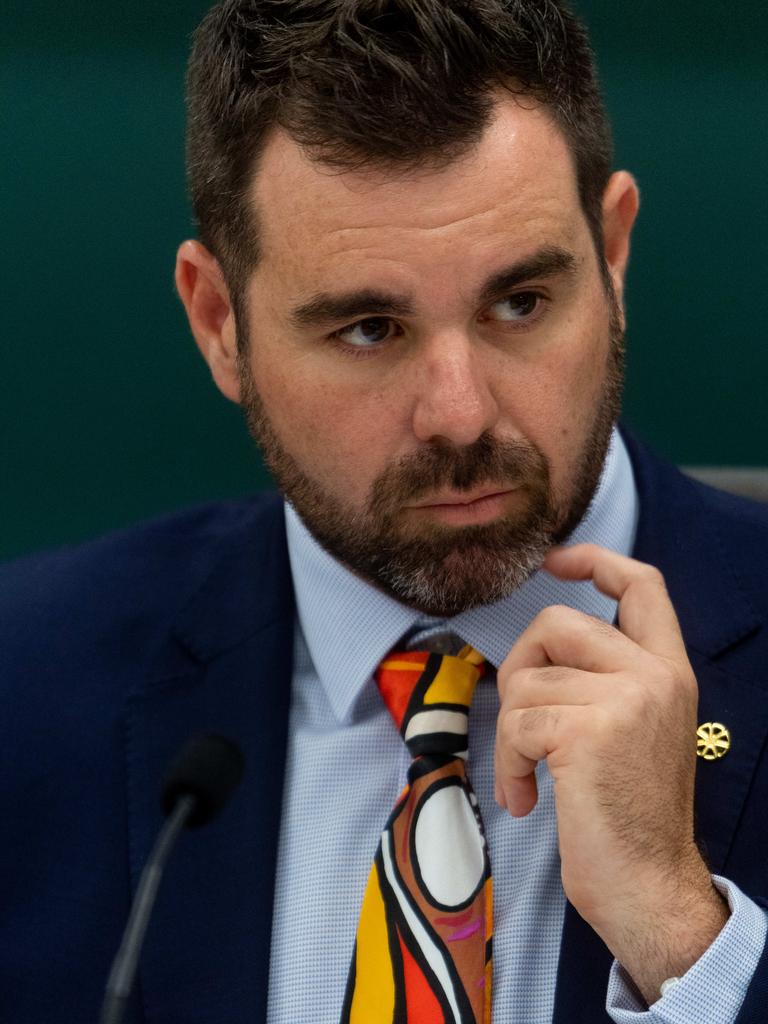
“Regular inspections and maintenance checks of homes are conducted on all public housing homes and tenancy records are updated accordingly,” the spokeswoman said.
“This information is used to determine future works such as Room to Breathe where existing homes are extended and improved to accommodate extra people.”
Statistics published by the NT government put the official rate of overcrowding in remote housing at 54.4 per cent in the last financial year, a slight decline from 2017-18 when it sat at 58 per cent.
Under the Room to Breathe program, additional rooms are built to help ease overcrowding in households.
There had been 352 homes with completed works through the Room to Breathe program, adding up to 821 additional living spaces.
The spokeswoman for Mr Paech’s office said $186.9m was spent upgrading and undertaking maintenance works on remote community housing in 2020-21.
REMOTE HOUSING AN ELECTION ISSUE:
MUST-WIN seats in the Territory for the looming federal election could put the poor state of remote housing in the spotlight.
The CLP will be looking to take Lingiari off Labor in a bid to help the Coalition government retain government in Canberra.
At the same time, Labor’s Malarndirri McCarthy is recontesting her senate seat while Jacinta Price is running in the top spot of the CLP’s senate ticket.
The federal government, which has committed $550m to the Territory’s remote housing over a decade, on Thursday said the issue was a matter for state and territory governments.
Labor Senator Malarndirri McCarthy said the comments made by Minister Ken Wyatt’s spokeswoman were “unacceptable”.

“Remote housing in the Territory is a shared responsibility.
“The fact is, the Commonwealth Government is a party to remote area housing leases,” Ms McCarthy said.
She vowed that if her party was to win power in 2022, it would push harder for more social housing in remote communities.
“In the first five years, $200 million will be spent on the repair, maintenance and improvements of housing in remote Indigenous communities. That’s one of our first steps and we will have more announcements to come.”
CLP Senate candidate Jacinta Price has backed in Canberra’s position, saying she had concerns about how the funds given to the NT government for remote housing was being used.
“From a federal level, you can only do so much,” Ms Price said. “The federal government has committed $550m over the 10-year period.
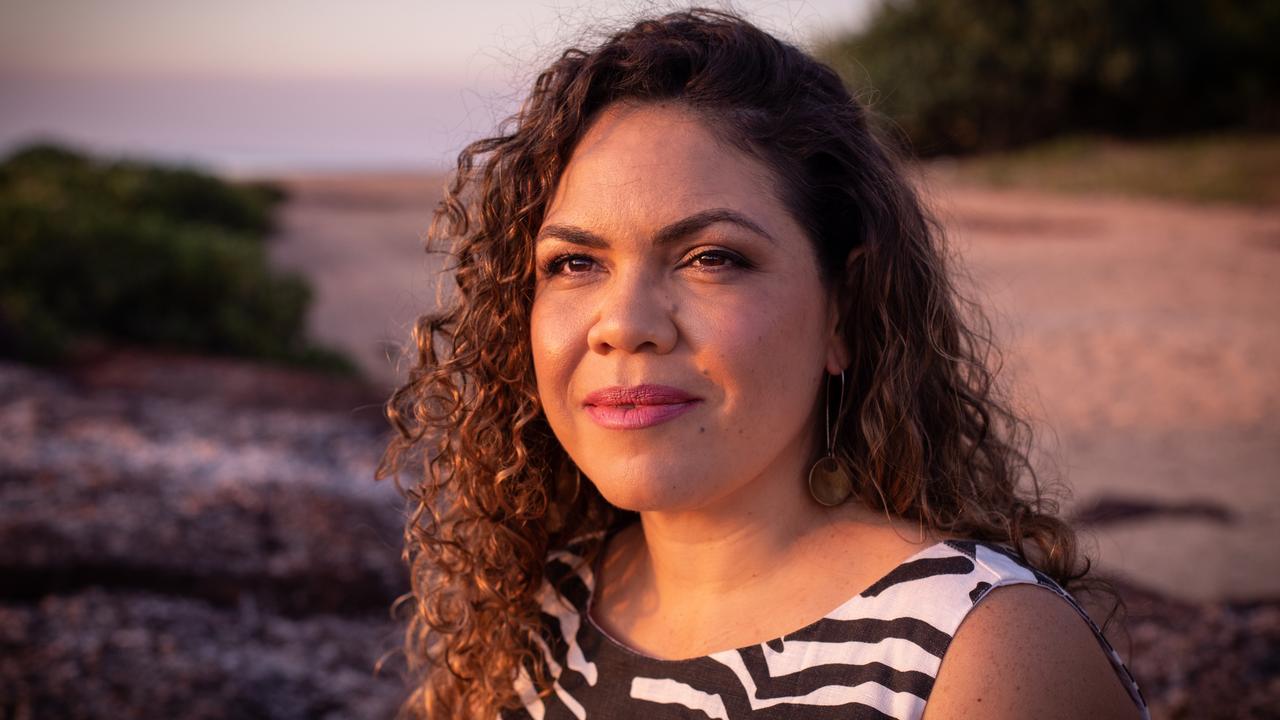
“My greatest concern is that once the funds are delivered to the Territory government, it’s how the money is spent by the Territory government.”
Ms Price said she wanted more focus to be placed on helping remote residents to better take care of their homes.
“They’re given the keys to a car but not taught how to drive the car.”
If elected, Ms Price said she would also work in the senate to make acquiring land for remote housing projects quicker and easier.
The NT government has committed $1.1bn in funding over 10 years to help ease pressure and overcrowding in remote communities.
After five years, only a quarter of the promised amount has been spent.
FEDERAL GOVERNMENT WASHES THEIR HANDS:
THE federal government has sought to wash its hands of responsibility for the remote housing crisis.
In response to questions from the NT News, a spokeswoman for Indigenous Australians Minister Ken Wyatt said responsibility for remote housing didn’t lie with Canberra.
“Responsibility for housing lies with the states and territories,” the spokeswoman said.
Mr Wyatt’s spokeswoman also has sought to highlight $550m in federal funding for remote housing in the NT, to be spent over five years.
She said the funding would deliver 1950 new bedrooms through both extensions and new builds.
“For the first time since the commencement of Closing the Gap in 2007, the Morrison Government has included a housing target in the National Agreement on Closing the Gap,” the spokeswoman said.
This target aims for 88 per cent of Indigenous Australians to be in appropriate (not overcrowded) housing by 2031.
“All governments, including the NT, must report on progress made on this target each year.”
At a press conference on Wednesday, Acting NT Chief Minister Nicole Manison defended the government’s handling of the situation.
Despite promising no extra funding to ease overcrowding in remote housing since the pandemic began, Ms Manison said the government’s $1.1b spend, which she described as “record”, would help ease the risk of Covid transmission.
She said overcrowding in remote homes was “not a new issue”.
“It takes billions of dollars of infrastructure investment and that’s exactly what we’re doing.”
STEEP INCREASE IN BUILDS BUT NO SPEND:
THE NT government has defended its handling of housing in remote communities and promised a “steep increase” in new houses being built in coming years, after shocking stories emerged of squalid conditions in homes in Barunga.
But data published on the NT government’s own website show plenty of cash previously earmarked for fixing and building remote homes hasn’t been spent.
Of the $1.1b promised to be spent on remote housing by the NT government between 2017-18 and 2026-27, only $227m, or a quarter, has been spent so far.
The Commonwealth Government has meanwhile spent nearly half of its $550m allocation over the same period.
Overcrowding is present in 54.4 per cent of remote homes, a slight fall from 2017-18. In that same time, the government has added 334 homes overall, with 702 more tenants.
A spokeswoman for Remote Housing Minister Chansey Paech said the government’s efforts to improve the conditions of remote housing were “unprecedented”.
“Since coming to Government in 2016, we have spent over $915m on new and upgraded housing as well as infrastructure to support the delivery of new housing in remote communities,” the spokeswoman said.
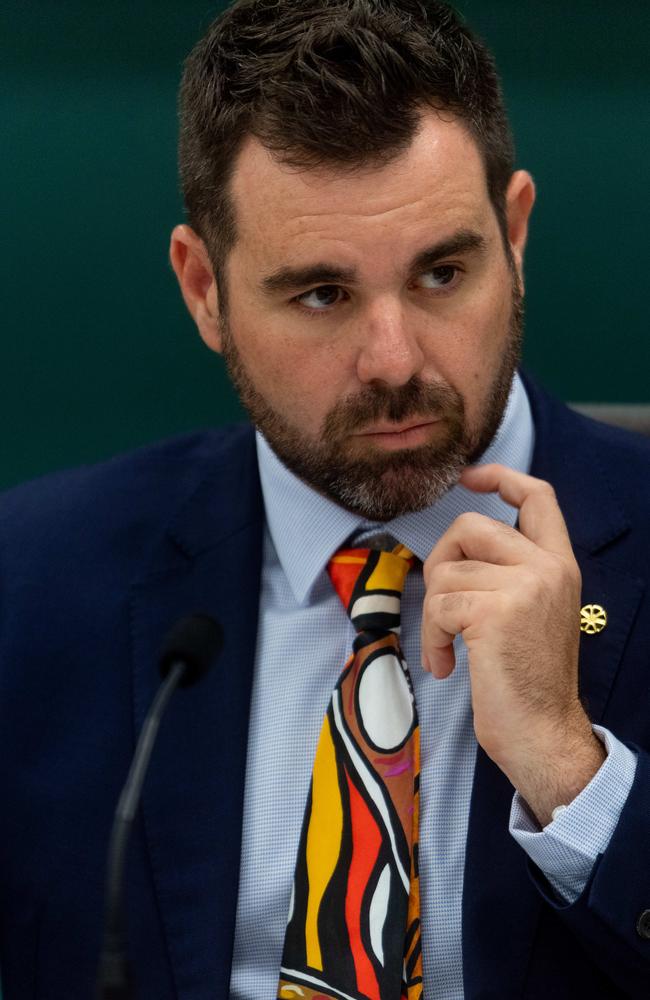
The funding includes spending on service lots and other facilities to support remote housing, including funding from two different remote housing programs.
Separate to the $1.1b spend, another $432.8m has been allocated to “land servicing” in remote communities, which includes subdividing land and installing infrastructure such as sewage, water and electrical lines.
The spokeswoman said there were only 70 lots available for construction across 73 remote communities in 2016, which placed a bottleneck on building new homes.
“The result of this will be a steeped increase in the delivery of housing next year.”
“Around 2500 new and upgraded homes have been delivered or are underway.”
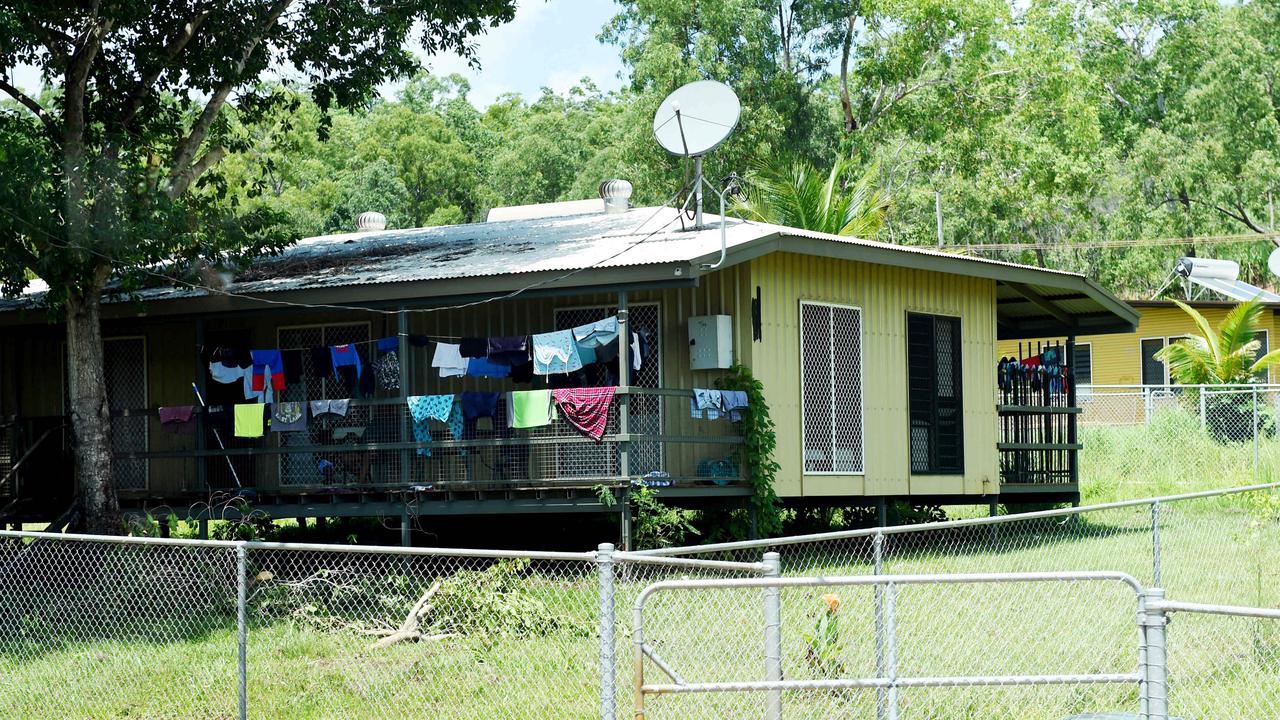
A total of $277.5m has been spent on remote housing since 2017-18, the spokeswoman said.
The NT government’s website shows $81.8m of that figure was spent on repairs and maintenance in remote households as part of its Remote Housing Investment Package.
The spokeswoman said the government’s program for remote houses would involve a $2.1b investment over 10 years.
“We’re not just building and improving homes – we’re building better communities that will be sustainable into the future,” she said.
According to the NT Government’s Our Community, Our Future website, the federal government has committed $550m over 10 years to remote housing.




